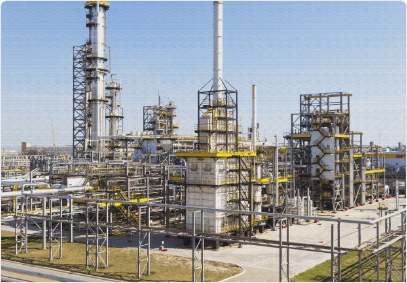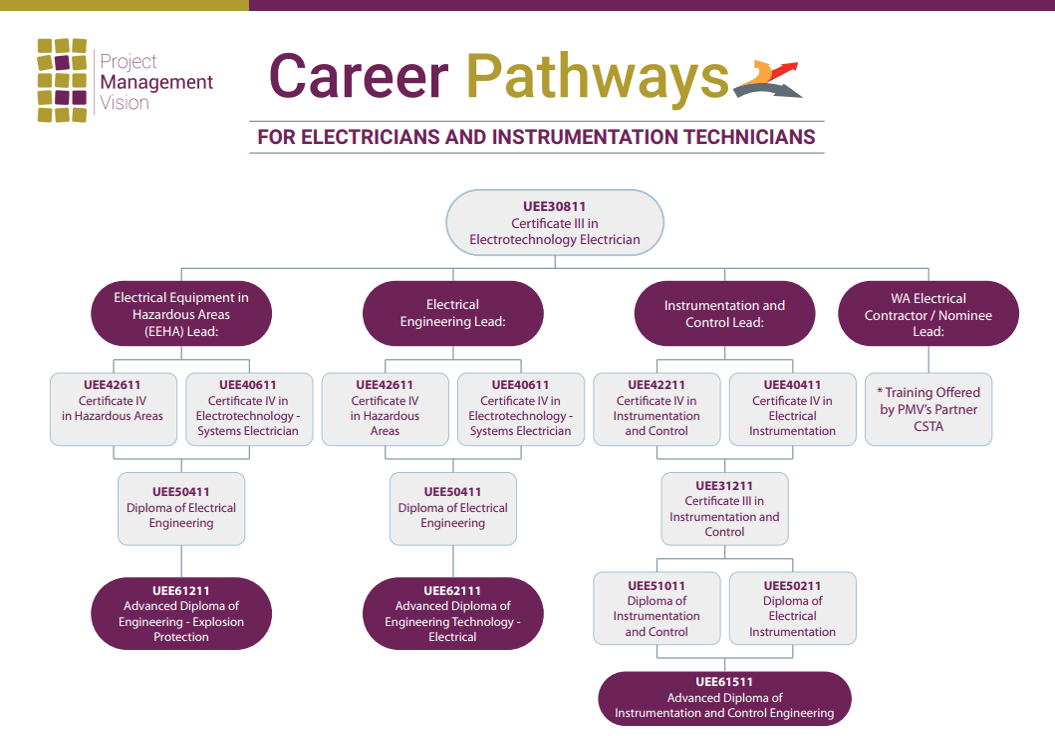The Only Guide to Roar Solutions
The Only Guide to Roar Solutions
Blog Article
The Basic Principles Of Roar Solutions
Table of ContentsSome Known Details About Roar Solutions The Only Guide for Roar SolutionsRoar Solutions Can Be Fun For Everyone
In order to protect setups from a prospective explosion an approach of analysing and categorizing a potentially harmful area is needed. The purpose of this is to make certain the right option and setup of devices to eventually avoid a surge and to guarantee security of life.
(https://www.abnewswire.com/companyname/training.roarsolution.com.au_152691.html#detail-tab)
No equipment should be mounted where the surface area temperature level of the equipment is better than the ignition temperature of the given hazard. Below are some usual dust hazardous and their minimum ignition temperature. Coal Dust 380C 225C Polythene 420C (melts) Methyl Cellulose 420C 320C Starch 460C 435C Flour 490C 340C Sugar 490C 460C Grain Dust 510C 300C Phenolic Resin 530C > 450C Aluminium 590C > 450C PVC 700C > 450C Soot 810C 570C The likelihood of the risk existing in a concentration high sufficient to trigger an ignition will certainly differ from location to place.
Unsafe location electric tools possibly made for use in higher ambient temperature levels. Area Repair Work By Authorised Worker: Challenging testing might not be called for nevertheless details procedures may require to be followed in order for the devices to preserve its third party rating. Each piece of tools with a dangerous rating should be evaluated independently.
The Ultimate Guide To Roar Solutions
The tools register is a thorough database of tools documents that includes a minimum collection of fields to determine each item's location, technical specifications, Ex lover classification, age, and environmental data. This details is essential for monitoring and managing the tools efficiently within unsafe areas. On the other hand, for regular or RBI tasting evaluations, the quality will be a combination of Detailed and Close examinations. The ratio of Detailed to Shut inspections will be figured out by the Equipment Danger, which is analyzed based upon ignition risk (the likelihood of a resource of ignition versus the likelihood of a flammable environment )and the unsafe location classification
( Zone 0, 1, or 2). This variation will certainly additionally influence the resourcing demands for work prep work. Once Whole lots are defined, you can establish sampling strategies based on the sample dimension of each Lot, which refers to the variety of arbitrary equipment items to be examined. To identify the called for example dimension, two elements require to be examined: the dimension of the Lot and the category of examination, which shows the degree of initiative that should be used( reduced, regular, or enhanced )to the examination of the Lot. By incorporating the category of inspection with the Lot size, you can after that develop the proper rejection standards for an example, implying the allowed variety of malfunctioning items located within that example. For more information on this process, please describe the Energy Institute Guidelines. The IEC 60079 standard recommends that the maximum interval in between examinations need to not surpass 3 years. EEHA examinations will likewise be conducted outside of RBI projects as part have a peek at this website of set up maintenance and tools overhauls or fixings. These assessments can be attributed towards the RBI sample sizes within the affected Great deals. EEHA assessments are conducted to determine faults in electric equipment. A weighted scoring system is necessary, as a solitary item of equipment might have numerous faults, each with varying levels of ignition risk. If the consolidated score of both assessments is much less than two times the mistake rating, the Great deal is deemed acceptable. If the Whole lot is still taken into consideration unacceptable, it needs to go through a full assessment or justification, which may cause stricter examination methods. Accepted Great deal: The causes of any kind of faults are determined. If a common failing mode is found, additional tools may need evaluation and fixing. Faults are classified by intensity( Safety, Integrity, Housekeeping ), making sure that urgent issues are examined and dealt with without delay to reduce any influence on safety and security or procedures. The EEHA database should track and tape the lifecycle of faults along with the rehabilitative activities taken. Carrying out a durable Risk-Based Assessment( RBI )technique is crucial for ensuring conformity and safety in managing Electric Equipment in Hazardous Locations( EEHA) (eeha training). Automated Fault Scoring and Lifecycle Monitoring: Easily handle mistakes and track their lifecycle to enhance examination accuracy. The introduction of this support for risk-based examination additionally enhances Inspectivity's placement as a best-in-class remedy for governing conformity, along with for any kind of asset-centric assessment usage case. If you have an interest in discovering more, we welcome you to request a presentation and discover just how our remedy can change your EEHA monitoring procedures.
Fascination About Roar Solutions

In regards to eruptive danger, a dangerous location is an atmosphere in which an eruptive atmosphere exists (or might be expected to be present) in quantities that need special precautions for the building and construction, installation and usage of equipment. high voltage courses. In this short article we discover the challenges faced in the office, the danger control steps, and the needed expertises to work safely
These compounds can, in particular problems, create explosive environments and these can have major and tragic consequences. Many of us are acquainted with the fire triangle eliminate any one of the three aspects and the fire can not occur, but what does this mean in the context of hazardous locations?
In most instances, we can do little regarding the degrees of oxygen airborne, yet we can have substantial impact on sources of ignition, as an example electric devices. Harmful areas are documented on the dangerous location classification illustration and are recognized on-site by the triangular "EX-SPOUSE" indication. Here, among other crucial info, areas are divided right into 3 types depending on the threat, the chance and duration that an explosive ambience will exist; Area 0 or 20 is deemed the most hazardous and Zone 2 or 22 is considered the least.
Report this page